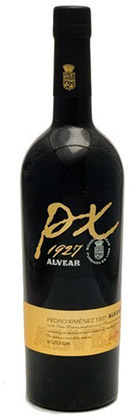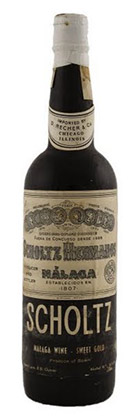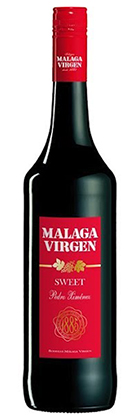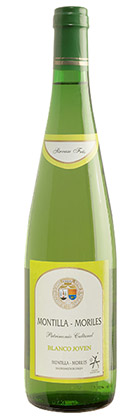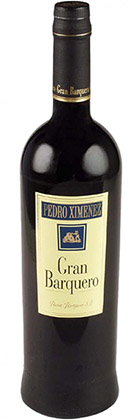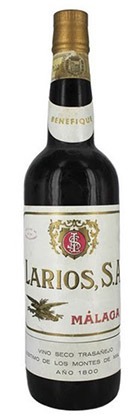Wines of Montilla and Malaga
Andalucia is the province of vinos generosos, even more ‘generous’ than the wines of midland and Mediterranean Spain. Sherry is by far the most famous. But the mountainous east coast, the Costa del Sol, and the hot dry hills behind it also have their specialities, related to sherry but stylistically distinct. Sherry even takes the name of one of its main styles, amontillado, from its resemblance to the wines of Montilla.
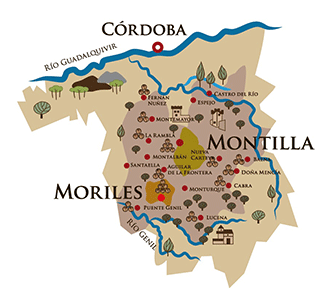 Montilla-Moriles, to give the full name, lies just south of Córdoba, on 36,000 acres (14,500 hectares), partly on the same chalk that gives rise to the finos and olorosos of Jerez. Until 50 years ago its produce was blended at Jerez as though the two regions were one. But Montilla is different. Its special attraction lies in its very high natural strength, which allows it to be shipped without fortification, in contrast to sherry, which is nearly always slightly fortified. It seems strange to speak of delicacy in a wine with a natural strength of 16% alcohol - but this is the characteristic that distinguishes all finos, and in a good Montilla it is easy to appreciate.
Montilla-Moriles, to give the full name, lies just south of Córdoba, on 36,000 acres (14,500 hectares), partly on the same chalk that gives rise to the finos and olorosos of Jerez. Until 50 years ago its produce was blended at Jerez as though the two regions were one. But Montilla is different. Its special attraction lies in its very high natural strength, which allows it to be shipped without fortification, in contrast to sherry, which is nearly always slightly fortified. It seems strange to speak of delicacy in a wine with a natural strength of 16% alcohol - but this is the characteristic that distinguishes all finos, and in a good Montilla it is easy to appreciate.
The Montilla grape is the Pedro Ximénez - the one that in Jerez is kept for the sweetest wine. The hotter climate of Montilla gives an even higher sugar content to the grapes, which ferment rapidly in open earthenware tinajas. The flor yeast also forms quickly. Within a year or two the wine is ready, with the finesse of a fino, but more softness than, say, a manzanilla, which always has a characteristic bite. Montillas make deceptively perfect apéritifs, slipping down like table wines despite their high strength. People claim to find in them the scent of black olives (which are of course their perfect partners).
Although Montilla is usually at its best young, pale and dry, the bodegas use the same methods as the bodegas of Jerez to make wines ranging from apéritif to dessert. Ironically, sherry shippers have legally appropriated the term amontillado, (as well as fino and oloroso), so that Montilla may only be exported to Britain, its principal foreign market, as ‘dry’, ‘medium’ or ‘cream’.
No gulf separates Montilla from Málaga, once world famous for its dessert wines. Málaga is in reality a wide range of vinos generosos with one common factor: the bodegas must, by law, be in the capital city of the Costa del Sol. The vineyards are in two areas. The smaller lies around Mollina to the north, adjacent to Montilla-Moriles, where the Pedro Ximénez is used to make dry amontillado-style Málaga Blanco Seco. Much more important are 30,000 acres (12,000 hectares) along the coastal mountains east of the city: the region of Axarquía.Here the chief grape is the Moscatel. It makes sweet Málagas ranging from semi-dulce to the unctuous ‘Lagrima’, the equivalent of the ‘essence’ of Tokay; self-pressed from over-ripe grapes. Crops are very small and the concentrated wines capable of indefinite ageing, the better qualities in soleras. Arrope (boiled-down must), a technique used by the Romans, concentrates the flavour further.
Today’s market does not demand superlative Málagas, but they have been, and still can be, made. Bodegas Scholtz is the name to look for.

